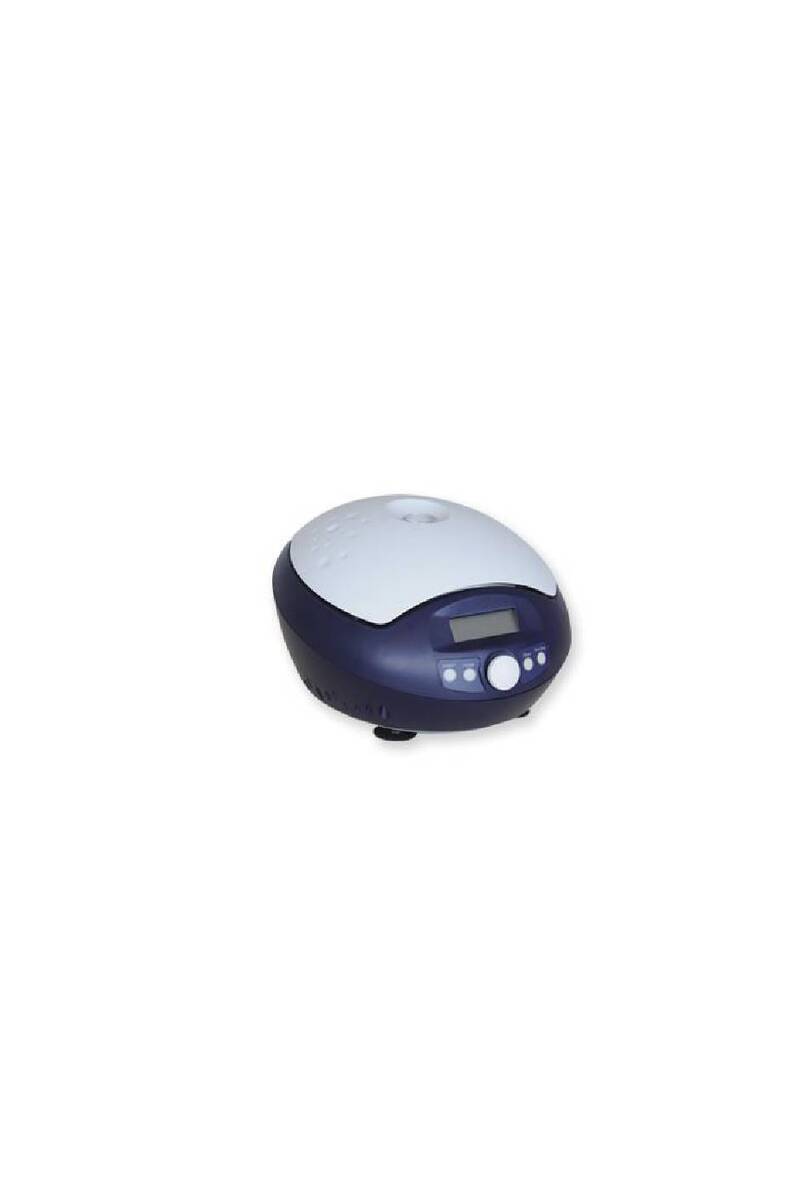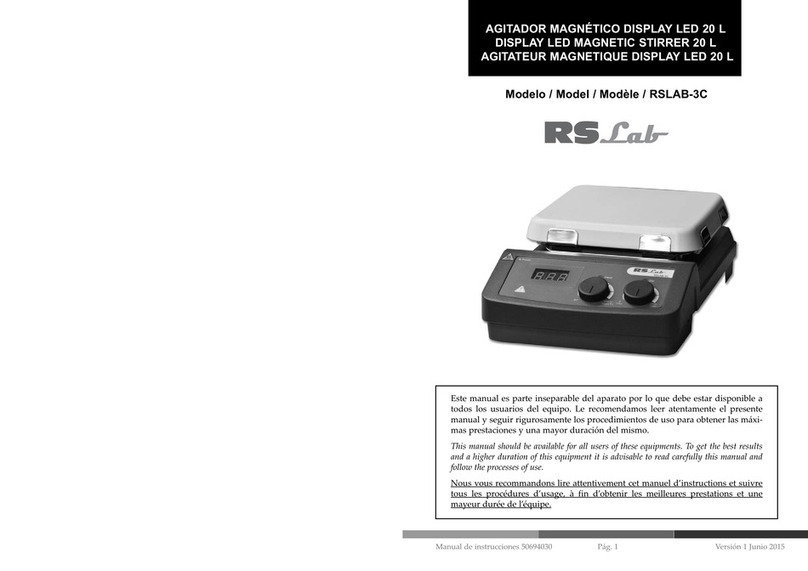- Splashing liquids,
- Body parts, hair, clothing and jewellery getting caught,
- Injury as a result of glass breakage.
CAUTION! Inhalation of or contact with media such as poisonous liquids, gases, spray mist, vapours, dusts
or biological and microbiological materials can be hazardous to user.
• Set up the device in a spacious area on an even, stable, clean, non-slip, dry and fireproof surface.
•Ensure that there is sufficient space above the device as the glass assembly may exceed the height of the
device.
• Prior to each use, always check the device, accessories and especially the glass parts for damage. Do not use
damaged components.
• Ensure that the glass assembly is tension-free! Danger of cracking as a result of:
- Stress due to incorrect assembly,
- External mechanical hazards,
- Local temperature peaks.
• Ensure that the stand does not start to move due to vibrations respectively unbelance.
• Beware of hazards due to:
- Flammable materials,
- Combustible media with a low boiling temperature,
- Glass breakage.
CAUTION! Only process and heat up media that has a flash point higher than the adjusted safe
temperature limit of the heating bath that has been set.
• The safe temperature limit of the heating bath must always be set to at least 25 °C lower than the fire point
of the media used.
•Do not operate the appliance in explosive atmospheres, with hazardous substances or under water.
• Only process media that will not react dangerously to the extra energy produced through processing. This
also applies to any extra energy produced in other ways, e.g. through light irradiation.
• Tasks with the device must only be performed when operation is monitored.
• Operation with excess pressure is not permitted (for cooling water pressure see "Technical Data").
• Do not cover the ventilation slots of the device in order to ensure adequate cooling of the drive.
• There may be electrostatic discharges between the medium and the drive which could pose a direct danger.
• The appliance is not suitable for manual operation.
• Safe operation is only guaranteed with the accessories described in the ”Accessories” chapter.
• Refer to the operating instructions for the accessories, e.g. vacuum pump.
• Only use the device under an all side-closed exhaust, or a compa rable protective device.
• Adapt the quantity and the type of distilland to the size of the distillation equipment. The cooler must work
properly. Monitor the coolant flow rate at the cooler outlet.
• The glass equipment must always be ventilated when working under normal pressure (e.g. open outlet at
cooler) in order to prevent a pressure build-up.
• Please note that dangerous concentrations of gases, vapours or particulate matter can escape through the
outlet at the cooler. Take appropriate action to avoid this risk, for example, downstream cold traps, gas wash
bottles or an effective extraction system.
• Evacuated glass vessels must not be heated on one side; the evaporating flask must rotate during the heating
phase.
• The glassware is designed for operation under a vacuum of up to 10 mbar. The equipment must be evacuated
prior to heating (see chapter”Commissioning”). The equipment must only be aired again after cooling. When
carrying out vacuum distillation, uncondensed vapours must be condensed out or safely dissipated. If there is a
risk that the distillation residue could disintegrate in the presence of oxygen, only inert gas must be admitted
for stress relief.
CAUTION! Avoid peroxide formation. Organic peroxides can accumulate in distillation and exhaust
residues and explode while decomposing!
• Keep liquids that tend to form organic peroxides away from light, in particular from UV rays and check them
prior to distillation and exhaust for the presence of peroxides. Any existing peroxides must be eliminated.
Many organic compounds are prone to the formation of peroxides e.g. dekalin, diethyl ether, dioxane,





























